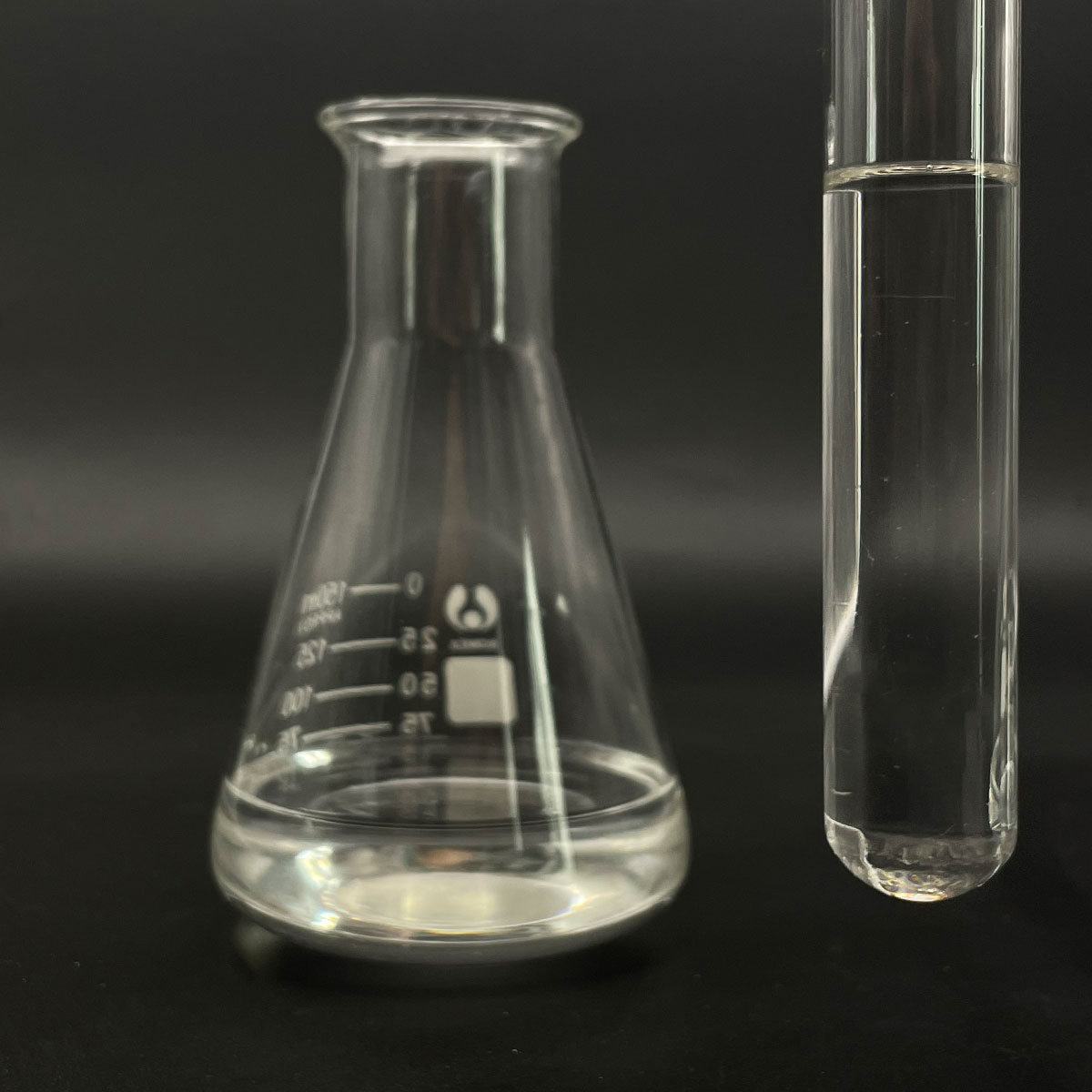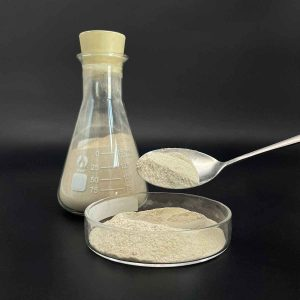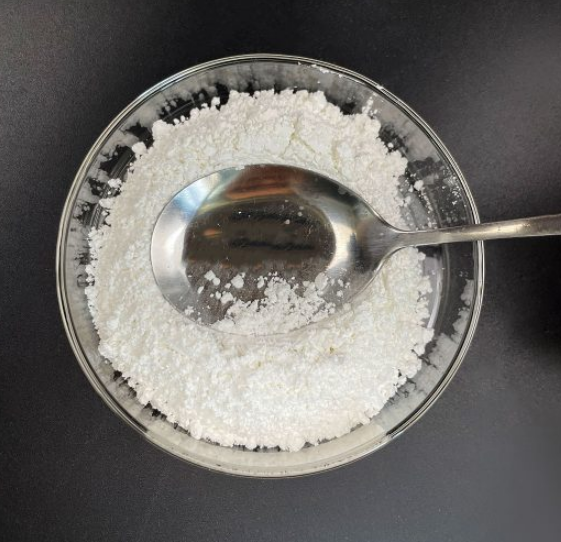1. Introduction
Just 24 hours ago, the European Commission announced a new review of cosmetic ingredients, with sodium lauryl sulfate (SLS) under renewed scrutiny for potential skin sensitization—sparking fresh debate among consumers and formulators alike. If you’ve ever read a shampoo or toothpaste label, you’ve likely seen ‘sodium lauryl sulfate’ or its cousin ‘sodium laureth sulfate’ listed. But what exactly is this chemical, and why is it so widely used?

In short, sodium lauryl sulfate—also known as sodium dodecyl sulfate, natrium lauryl sulfate, or simply SLS—is a powerful anionic surfactant. Surfactants (short for ‘surface-active agents’) reduce surface tension between liquids or between a liquid and a solid, enabling products to foam, clean, and spread more effectively.
2. What Is a Surfactant?
The meaning of surfactant is simple: it’s a molecule with both hydrophilic (water-loving) and hydrophobic (oil-loving) parts. This dual nature allows surfactants to lift grease, dirt, and oils from surfaces—making them essential in soaps, detergents, shampoos, and even agricultural sprays.
Surfactants fall into four main categories: anionic, cationic, non-ionic, and amphoteric. Sodium lauryl sulfate is a classic example of an anionic surfactant, meaning it carries a negative charge in water. Other common anionic surfactants include sodium lauroyl sarcosinate, sodium cocoyl isethionate, and sodium dodecylbenzene sulfonate.
3. Sodium Lauryl Sulfate vs. Similar Ingredients

People often confuse SLS with sodium laureth sulfate (also called sodium lauryl ether sulfate or sodium lauryl ether sulphate). While both are anionic surfactants used for foaming and cleansing, they’re chemically distinct. SLS is derived from lauryl alcohol (or dodecyl alcohol), while sodium laureth sulfate is ethoxylated—meaning it’s been treated with ethylene oxide to make it milder.
Other gentler alternatives gaining popularity include cocamidopropyl betaine (also known as coco betaine, amidopropyl betaine, or coco amido propyl betaine), which is amphoteric, and plant-based options like decyl glucoside, coco glucoside, and alkyl polyglucoside. These are often found in ‘sulfate-free’ formulations marketed as more skin-friendly.
4. Where Is SLS Used?
Sodium lauryl sulfate for sale is common not just in personal care but also in industrial and agricultural applications. In shampoos and body washes, it creates rich lather. In toothpaste, it helps disperse flavor and clean teeth. But SLS also appears as a surfactant for herbicides and a lawn wetting agent—helping weed killers like Roundup stick to and penetrate plant leaves more effectively.
In agriculture, it functions as a wetting agent for grass, improving the spread of liquid treatments. Other surfactants used in this context include polysorbate 80 (also known as Span80), lignin sulfonate, and ethoxylated alcohols. Some even use bio surfactants like rhamnolipids for eco-friendly weed control.

5. Safety and Misconceptions
Despite viral claims online, SLS is not the same as sodium laureth sulfate—and neither is classified as carcinogenic by major health agencies. However, SLS can be irritating to skin and eyes, especially at high concentrations or with prolonged exposure. That’s why many sensitive-skin products replace it with milder options like sodium lauroyl methyl isethionate or sodium cocoyl glutamate.
It’s worth noting that ‘sls sodium lauryl sulfate’ and ‘sls sulfate’ are redundant phrases—SLS already stands for sodium lauryl sulfate. Similarly, ‘laureth sulphate’ and ‘sulphate laureth sulfate’ refer to sodium laureth sulfate, not SLS.
6. Alternatives and Formulation Trends
As consumer demand for gentler, natural products grows, brands are turning to non-ionic surfactants (like Pluronic 127 or Poloxamer 188) and amphoteric ones (like cocamidopropyl). Cationic surfactants such as cetyl trimethyl ammonium bromide (CTAB or cetyltrimethylammonium bromide) are used in conditioners for their antistatic properties—but they don’t foam like anionic types.
Other emerging ingredients include sodium coco sulfate (sometimes labeled as coco sodium sulfate), lauroyl sarcosinate, and even fluoro surfactants for high-performance applications. Methylated seed oil is another adjuvant used alongside surfactants in herbicide mixes to boost efficacy.
7. Conclusion
Sodium lauryl sulfate remains one of the most effective and cost-efficient anionic surfactants available. While it’s not inherently dangerous, its potential for irritation has driven innovation toward milder alternatives like alkyl polyglucosides, betaines, and amino acid-based surfactants. Whether you’re choosing a shampoo or mixing a weed killer, understanding the role of surfactants—like SLS, sodium laureth, or nonionic options—helps you make informed decisions.
Our Website founded on October 17, 2012, is a high-tech enterprise committed to the research and development, production, processing, sales and technical services of ceramic relative materials such as What. Our products includes but not limited to Boron Carbide Ceramic Products, Boron Nitride Ceramic Products, Silicon Carbide Ceramic Products, Silicon Nitride Ceramic Products, Zirconium Dioxide Ceramic Products, etc. If you are interested, please feel free to contact us.


